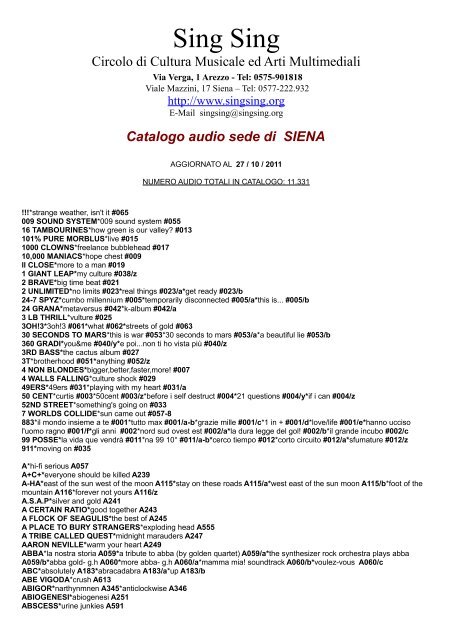


” Available at 2001.Īmott, Teresa L., and Julie A. “The Bush Presidency: Transition and Transformation. “Religion and Parental Child-Rearing Orientations: Evidence of a Catholic-Protestant Convergence.” American Journal of Sociology 92, no. New York: Columbia University Press, 2003.Īlwin, Duane F. Religion in America Since 1945: A History. Oxford: Basil Blackwell, 1990, 93–114.Īllitt, Patrick. “Change scores as dependent variables in regression analysis.” In Sociological Methodology 1990, edited by Clifford Clogg. New York: New York University Press, 2009.Īllison, Paul. “Passages in Piety: Generational Transitions and the Social and Religious Incorporation of Italian Americans.” In Immigration and Religion in America, edited by Richard Alba, Albert J. New Haven: Yale University Press, 1972.Īlba, Richard, and Robert Orsi. A Religious History of the American People. “Abortion: Evidence of an Issue Evolution.” American Journal of Political Science 41, no. As you might imagine, for a 700 page book, this reference list is very long.Īdams, Greg D. We have compiled the bibliographic references for American Grace below. This is a large, high-quality, scientific study. All the generalizations in our “ Crashing the Tea Party” op-ed are statistically significant, that is, well beyond the bounds of sampling error. The margin of error varies from item to item, but the sample is several times larger than most national polls reported in the media, so the margin of error is correspondingly smaller. (Because young people move often and change phone numbers even more often, we could not trace as many of them five years later, but the final weighted sample is nationally representative and the 2011 results correspond with all other credible national surveys that we’ve found.) The 2011 interviews were all done this summer. In 2011 we interviewed everyone from the original sample who is still alive and traceable, and virtually everyone we could find this year agreed to the re-interview. The survey firm we employed drew the sample from the national population using random digit dialing, whereby every phone number in the country has an equal probability of being called. Our 2006 survey was a large (N=3000, as we reported in the New York Times op-ed), randomly chosen, nationally representative sample-all ages, all classes, all races, all parties, all religions, and so forth, and each in the right proportions. The questions we have asked on our survey are are listed below and borrowed from standard questions used in other national polls, about the Tea Party and American politics in general. The methodology for the Faith Matters survey is included in the paperback edition of American Grace (2012), but here are the basic facts. At some point, as of yet unspecified, the actual data will be released into the public domain for other scholars to analyze these.įM2007 FINAL Methodology for Tea Party findings

As promised in American Grace Appendix 1, we are making these surveys available here. In 2007, we re-interviewed as many of these respondents as we could in the Faith Matters 2007 survey, and asked them a subset of these questions again (as well as a few new questions). The original national survey interviewed roughly 3100 Americans in an hour-long phone survey both about their religion (beliefs, belonging and behavior) and their social and political engagement. American Grace: How Religion Divides and Unites Us is based on many surveys, but central to its analysis is the Faith Matters Survey that was conducted in 2006 on behalf of Harvard University by ICR.


 0 kommentar(er)
0 kommentar(er)
